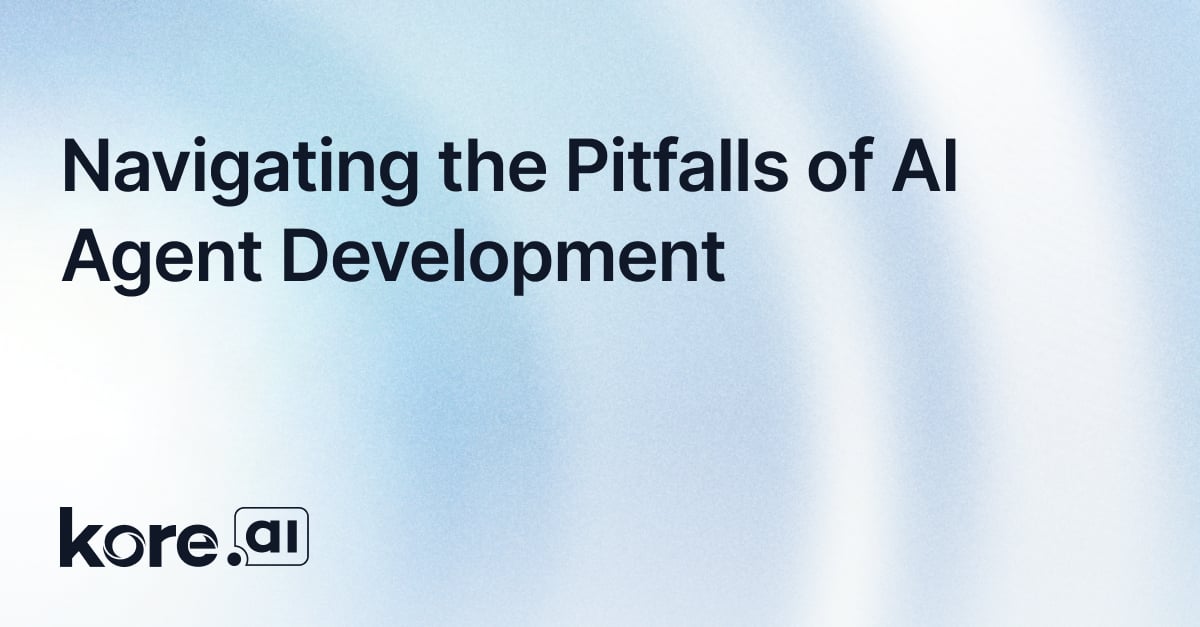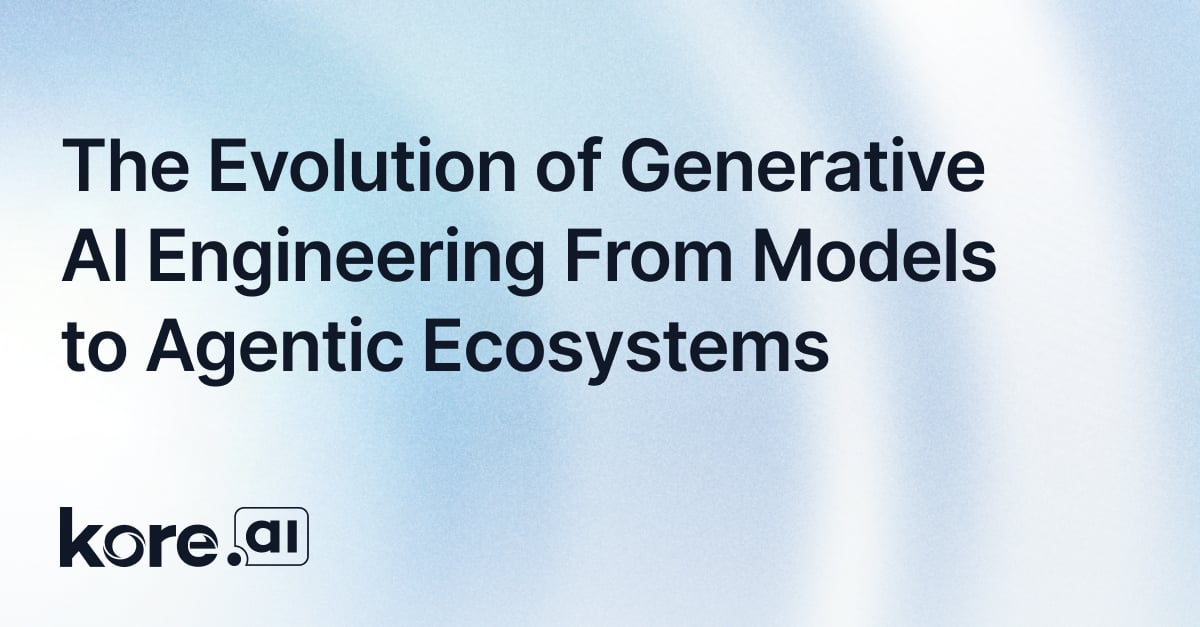Introduction to Contextual Awareness
Context gives meaning and understanding to our conversations every day. Think about it, every time you talk to someone, the context of that conversation is critical. Is the conversation with a friend, colleague, or stranger? Is it taking place in your house, outside, or in a store? Even in the previous sentence, without the context that “it” refers to “the conversation,” you lose the meaning of the sentence.
It’s easy to understand context in the “context” of human-to-human interactions, but what does it mean for an intelligent virtual assistant (IVA) to understand context? And why is it important? Is it even possible for software to understand context and apply it in conversations with humans?
Yes, it is possible. And this is one of the things that sets IVAs apart from chatbots. The truth is, there are a number of ways to design an IVA to understand and manage context throughout a conversation, and doing so transforms the experience.
In this blog, learn what contextual awareness is and why it is critical in your IVA.
What is Contextual Awareness?
Contextual awareness in an IVA is when the IVA understands and manages context throughout a conversation with a human. Wow! That is quite an abstract definition. So let’s define it based on the types of contextual awareness an IVA can have and provide examples.
Personalization
In this scenario, an IVA can personalize the conversation based on the context of knowing who the user is. It could be a customer logged into an online account, calling from a known phone number, or an employee logged into a work account.
The IVA has access to data on the user and this data can be used to personalize the conversation. Here are a few examples:
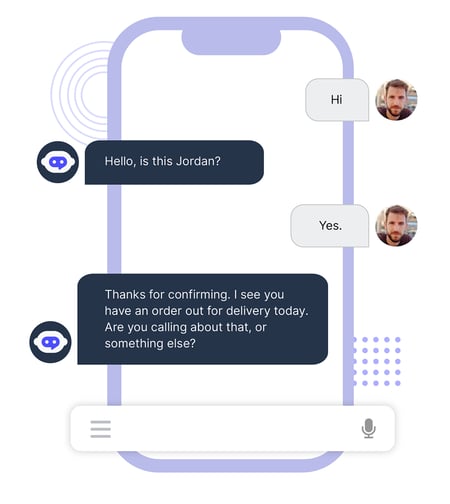
Here, a user named Jordan calls into a contact center, presumably a retail company. The IVA recognizes the phone number and asks to confirm that the user is Jordan. After confirmation, the IVA knows that there is an order out for delivery and asks if that’s why he called or if it was for something else, delivering a personalized experience to the customer.
Follow-Up Questions (simple)
In this scenario, an IVA can respond to a follow up question from a user when the user changes a part of the previous question. Let’s take a look:
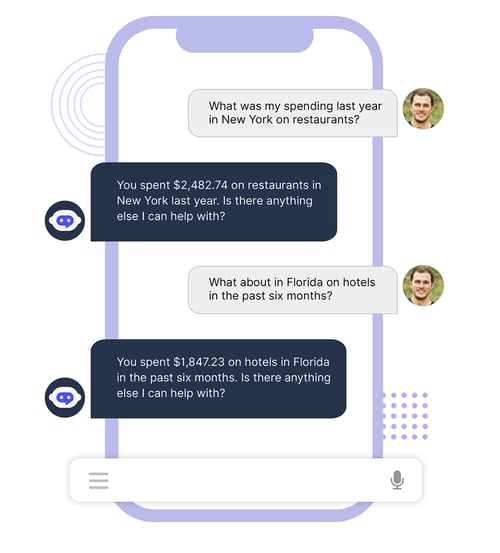
Here, we can see a user asking about their spending on 1) merchant type, 2) location and 3) timeframe, and then following up without re-specifying they are asking about their spending, but updating the merchant type, location and timeframe, and the IVA is able to understand what the user is asking about and provide the appropriate information.
Follow-Up Questions (advanced)
In this scenario, we take the previous example and extend the contextual awareness further. An IVA can maintain context within a use case, but it can also maintain context from one use case to another. Let’s take a look:
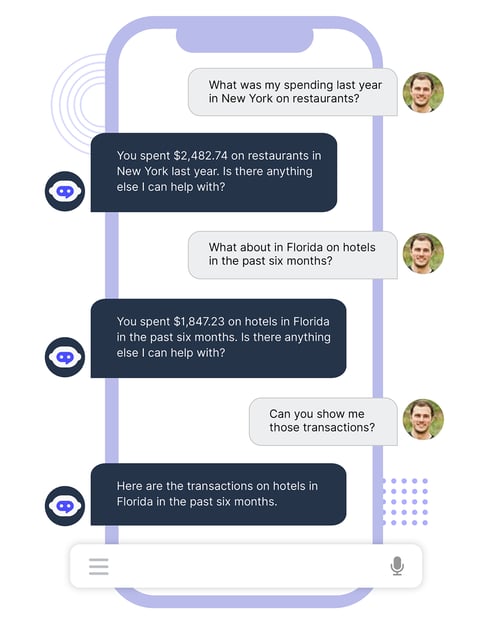
Here, the user asks to see “those transactions,” without specifying what transactions. The IVA must remember the context of the conversation and what they were previously talking about in order to gather the transactions to fulfill the users request.
Maintaining Contextual Awareness Across Channels
In this scenario, an IVA is able to maintain the context of the conversation across different channels. We will see a conversation that begins on a web chat and transitions to a phone call and the IVA is able to pick up on the new channel right where they left off. Let’s take a look:
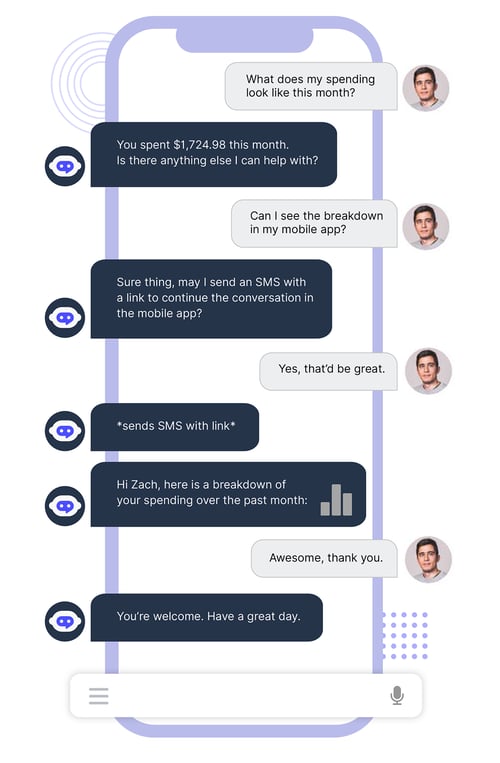
Here, we see the conversation begin on a phone and the user wants to see a graphic breakdown of their spending in the mobile app. The IVA sends a text message to the user to continue the conversation in the mobile app and then the user opens up the link, is taken to the app, and presented with the information needed.
Hopefully these examples help you understand what contextual awareness is in the “context” 😉 of IVAs. Simply put, it’s when an IVA collects and retains information from the user to guide its responses and deliver a more human-like experience.
Why is Contextual Awareness Critical to Your Intelligent Virtual Assistant?
Now that we understand what contextual awareness in an IVA is, we must understand why it is critical to incorporate it in the design of your IVA.
First, it enables you to build better, more human-like experiences. It also allows you to develop more complex dialogs and much more personalized experiences.
All of this leads to meaningful dialogue and improved experiences which positively contributes to your business’s bottom line in the form of cost savings and revenue generation.
Building better experiences and more complex dialogs, translates into a higher containment of interactions. When an IVA is able to resolve more inquiries, less traffic goes to live agents, meaning you don’t need to hire more agents to handle higher contact center volumes, leading to additional cost savings.
Because businesses are able to build more human-like understanding and personalized experiences within their automated personal assistants, end-users will be happier interacting with IVAs. Such positive interactions improve CSAT, engagement, loyalty and several other metrics, resulting in higher revenues.
Simply put, developing your IVA to be contextually aware has major benefits to the business.
Conclusion
Okay, so we know what contextual awareness in an IVA is and why it is critical to incorporate into your IVA. Now what?
The last piece to highlight is to ensure that whatever software you are using to design and build your IVA makes it simple and quick to implement contextual awareness. There are vendors, like Kore.ai, who provide this functionality with no-code design and build tooling. There are also vendors that require extensive coding to implement contextual awareness and some that don’t offer this in any scalable way.
To learn how to manage context in the Kore.ai Experience Optimization Platform, check out this blog. Try it for yourself and get started today for free.
Signup for FREE

